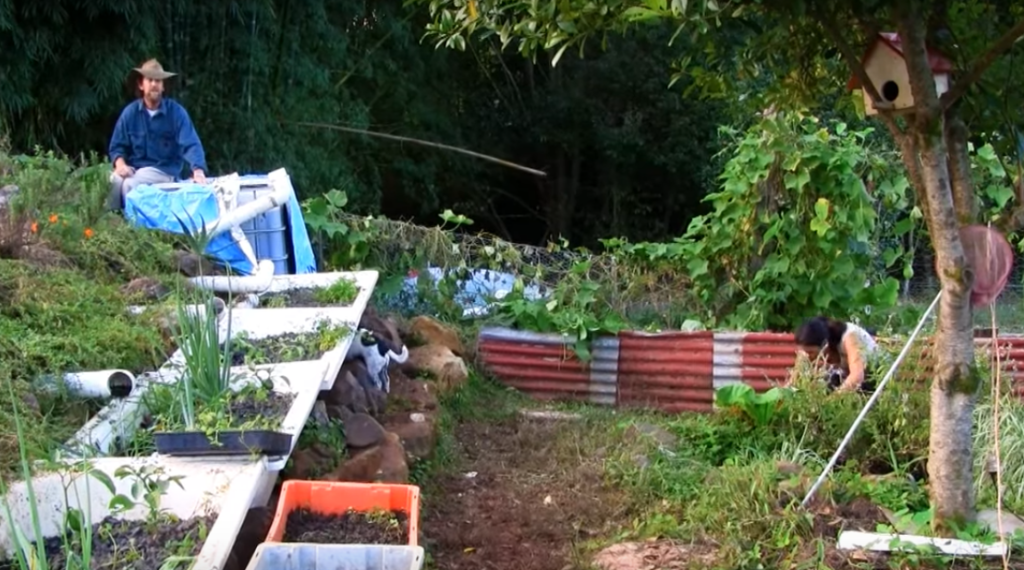Geoff Lawton was one of permaculture founder Bill Mollison’s most dedicated students. Lawton has been working as a consultant since 1985, though he didn’t specialize in permaculture education until 1995. In 1997 Bill Mollison, as he retired, asked Lawton to carry on his work by establishing and directing a new Permaculture Research Institute in Australia on a site called Zaytuna Farm. His intentions are to continue to create “self-replicating educational demonstration sites” where anyone can come and see the principles of permaculture in action.
One of the best ways to understand the impact of the work Geoff Lawton has done is to look at the before and after images of the permaculture demonstration site, Zaytuna Farm.
When Bill Mollison turned the land over to Geoff Lawton it was an over-worked cattle ranch. Years of over-grazing and poor management had created a drought prone, parched landscape that failed to produce much of anything on its 147 acres.
Here’s an areial shot of the farm in 2001:
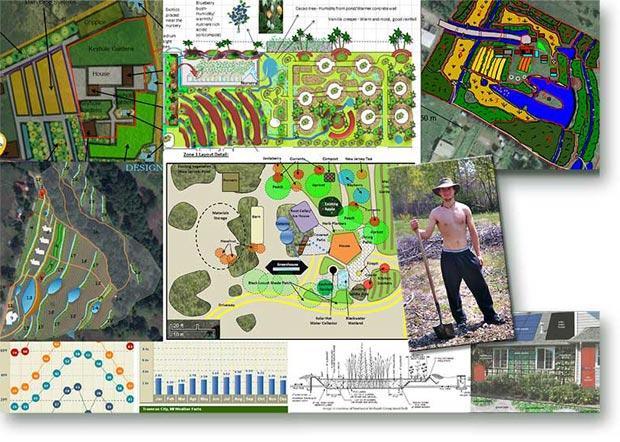
Image courtesy of permaculturenews.org
By 2012 the Geoff Lawton with his wife, Nadia and a team of dedicated permaculturists had transformed the farm. This image is a view of one of the main crop gardens. The beds are fed with water stored by swales.
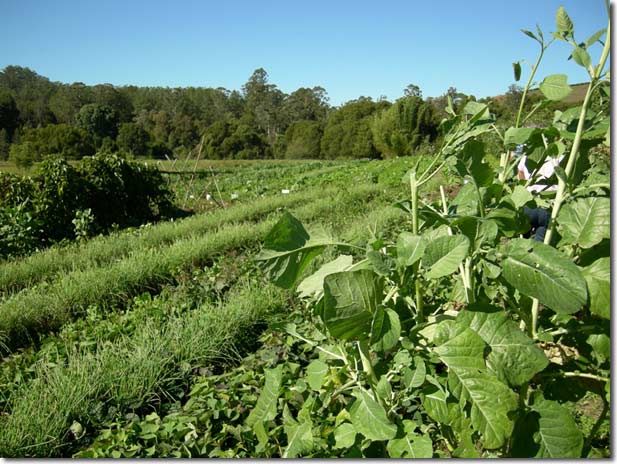
Image courtesy of permaculturenews.org
Some heavy machinery was necessary to create ponds like these.
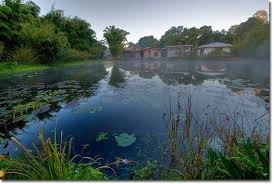
Image courtesy of delhensen.com
Ponds and other water features are an essential part of any permaculture garden design. They provide valuable habitat and water storage. By creating natural places for water to collect during the rainy months you give yourself an ample supply to make it through the dry months.
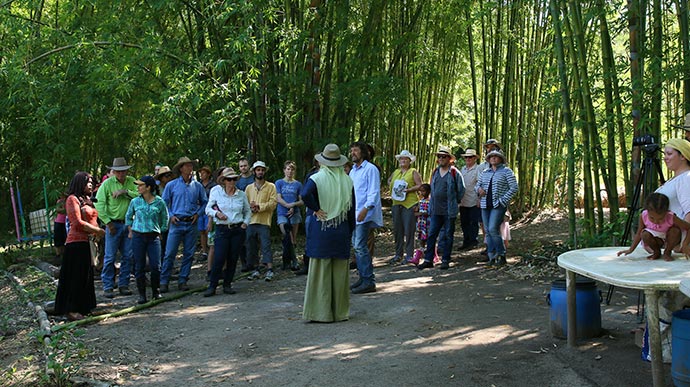
Image courtesy of abundantpermaculture.com
Ponds can also be used to raise fish for food or create habitat for wildlife. Water intensive plants and trees can be grown on the edges of a pond, while waterfowl like ducks and geese will thrive on the water. Even a small urban permaculture garden can have a small pond to provide habitat for frogs and toads which will help reduce pests among your veggies.
This picture was taken in 2012 by a student studying under Geoff Lawton at the farm. It shows a lush, rich landscape that is very different from the drought stricken cattle farm that occupied the same land just 11 years earlier.
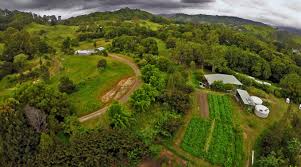
Image courtesy of permaculturenews.org
Here is an up close example of the changes that Geoff Lawton brought to Zaytuna farm. The first picture shows a stump in a field back in 2002. The second shows the same stump in a mature food forest in 2012:
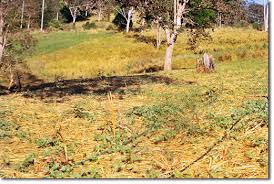
Image courtesy of permaculturenews.org
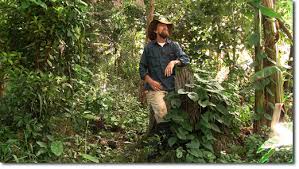
Image courtesy of permaculturenews.org
I hope that these images gave you an idea of what Geoff Lawton is talking about when he says “self-replicating educational demonstration sites”. Visitors inspired by Zaytuna farm are creating their own permaculture revolutions around the world. Here’s an example of a permaculture yard. For instance, here are the before and after images of a pathway in Arizona where homeowners, inspired by Geoff Lawton and his permaculture farm, turned a dusty walkway into a peaceful garden that produces food.
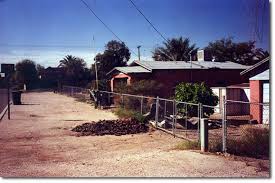
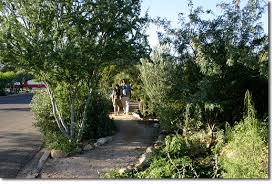
Geoff Lawton Permaculture Design Course
If these images have piqued your interest, you may be looking for the best permaculture design course. You can learn a lot online, both with Bill Mollison’s free permaculture training course and through the many Geoff Lawton YouTube videos. If you want to take a Geoff Lawton Permaculture Design Course in person, or sign up for other classes, please see the end of this post on permaculture design.
Recommended farm animal tending needs at www.thechickentractor.com.au .
Extended Reading
Permaculture: A Practical Introduction
Take a virtual tour of Zaytuna Farm with Geoff Lawton.

